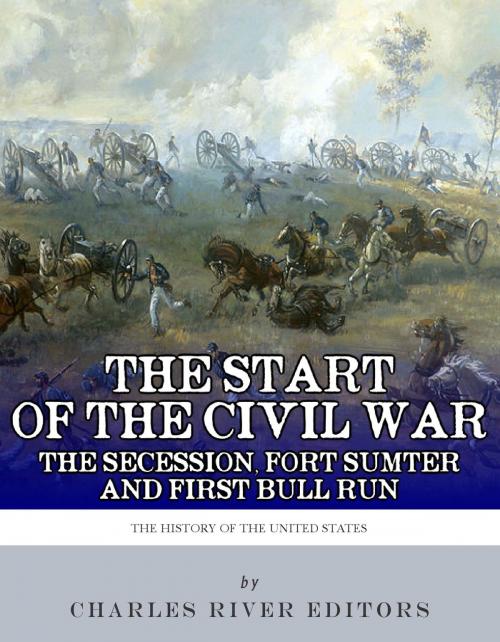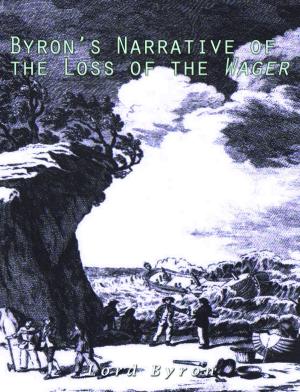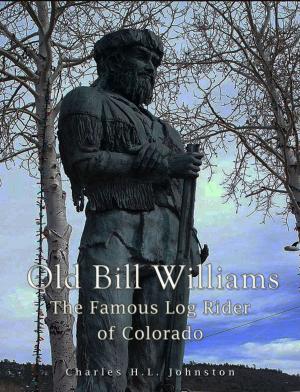The Start of the Civil War: The Secession of the South, Fort Sumter, and First Bull Run (First Manassas)
Nonfiction, History, Americas, United States, Civil War Period (1850-1877), 19th Century| Author: | Charles River Editors | ISBN: | 9781475322538 |
| Publisher: | Charles River Editors | Publication: | March 2, 2013 |
| Imprint: | Language: | English |
| Author: | Charles River Editors |
| ISBN: | 9781475322538 |
| Publisher: | Charles River Editors |
| Publication: | March 2, 2013 |
| Imprint: | |
| Language: | English |
*Includes pictures of important people, places, and events.*Includes maps of the battles. *Includes accounts of the fighting at Fort Sumter and First Bull Run by important generals and leaders who fought there. *Explains the causes and chain of events that led to the secession of Southern states and the formation of the Confederacy.*Includes a Bibliography for further reading.*Includes a Table of Contents. The secession of the South was one of the seminal events in American history, but it also remains one of the most controversial. The election of Abraham Lincoln was the impetus for secession, but that was merely one of many events that led up to the formation of the Confederacy and the start of the Civil War. On December 20, a little more than a month after Republican Abraham Lincoln had been elected the 16th president, a convention met in Charleston and passed the first ordinance of secession by one of the United States, declaring, "We, the people of the State of South Carolina in convention assembled, do declare and ordain... that the Union now subsisting between South Carolina and other States, under the name of 'the United States of America,' is hereby dissolved." In January 1861, Mississippi, Florida, Alabama, Georgia, Louisiana and Kansas followed South Carolina's lead, and the Confederate States of America was formed on February 4 in Montgomery, Alabama, with former Secretary of War Jefferson Davis inaugurated as its President. A few weeks later Texas joined.The Confederacy's hope of being let go in peace ended at 4:30 a.m. on the morning of April 12, 1861, when Confederate Brigadier-General P.G.T. Beauregard ordered the first shots to be fired at the federal garrison defending Fort Sumter in the Charleston Harbor, effectively igniting the Civil War. For nearly 36 hours, Beauregards Confederates unleashed a general bombardment from 43 guns and mortars positioned at various points across the Harbor. Unable to effectively reply or defend themselves, Major Robert Anderson raised the white flag early in the afternoon of April 13, bringing the first battle of the Civil War to a close. No casualties were suffered on either side during the dueling bombardments across Charleston Harbor, but ironically two U.S. Army soldiers were killed by an accidental explosion during the surrender ceremonies.Fort Sumter is popularly remembered today as the first fighting of the Civil War, and a relatively painless battle at that, but much of the history before April 12 that led to the shelling of the fort is often overlooked. The federal garrison had been stationed there months before the fight, carefully watching the secession of South Carolina, the buildup of Confederate forces in the region, and the actions of the Buchanan Administration and incoming Lincoln administration in the weeks leading up to the bombardment. Today First Bull Run is remembered as the first important land battle of the Civil War, but with over 350 killed on each side, it was the deadliest battle in American history to date, and both the Confederacy and the Union were quickly served notice that the war would be much more costly than either side had believed. The Start of the Civil War comprehensively covers all of the events that led to the secession of the South, the events that led up to the two historic battles, what happened at the battles, and their aftermath and legacies. Along with pictures and a Bibliography, you'll learn about the start of the Civil War like never before.
*Includes pictures of important people, places, and events.*Includes maps of the battles. *Includes accounts of the fighting at Fort Sumter and First Bull Run by important generals and leaders who fought there. *Explains the causes and chain of events that led to the secession of Southern states and the formation of the Confederacy.*Includes a Bibliography for further reading.*Includes a Table of Contents. The secession of the South was one of the seminal events in American history, but it also remains one of the most controversial. The election of Abraham Lincoln was the impetus for secession, but that was merely one of many events that led up to the formation of the Confederacy and the start of the Civil War. On December 20, a little more than a month after Republican Abraham Lincoln had been elected the 16th president, a convention met in Charleston and passed the first ordinance of secession by one of the United States, declaring, "We, the people of the State of South Carolina in convention assembled, do declare and ordain... that the Union now subsisting between South Carolina and other States, under the name of 'the United States of America,' is hereby dissolved." In January 1861, Mississippi, Florida, Alabama, Georgia, Louisiana and Kansas followed South Carolina's lead, and the Confederate States of America was formed on February 4 in Montgomery, Alabama, with former Secretary of War Jefferson Davis inaugurated as its President. A few weeks later Texas joined.The Confederacy's hope of being let go in peace ended at 4:30 a.m. on the morning of April 12, 1861, when Confederate Brigadier-General P.G.T. Beauregard ordered the first shots to be fired at the federal garrison defending Fort Sumter in the Charleston Harbor, effectively igniting the Civil War. For nearly 36 hours, Beauregards Confederates unleashed a general bombardment from 43 guns and mortars positioned at various points across the Harbor. Unable to effectively reply or defend themselves, Major Robert Anderson raised the white flag early in the afternoon of April 13, bringing the first battle of the Civil War to a close. No casualties were suffered on either side during the dueling bombardments across Charleston Harbor, but ironically two U.S. Army soldiers were killed by an accidental explosion during the surrender ceremonies.Fort Sumter is popularly remembered today as the first fighting of the Civil War, and a relatively painless battle at that, but much of the history before April 12 that led to the shelling of the fort is often overlooked. The federal garrison had been stationed there months before the fight, carefully watching the secession of South Carolina, the buildup of Confederate forces in the region, and the actions of the Buchanan Administration and incoming Lincoln administration in the weeks leading up to the bombardment. Today First Bull Run is remembered as the first important land battle of the Civil War, but with over 350 killed on each side, it was the deadliest battle in American history to date, and both the Confederacy and the Union were quickly served notice that the war would be much more costly than either side had believed. The Start of the Civil War comprehensively covers all of the events that led to the secession of the South, the events that led up to the two historic battles, what happened at the battles, and their aftermath and legacies. Along with pictures and a Bibliography, you'll learn about the start of the Civil War like never before.















